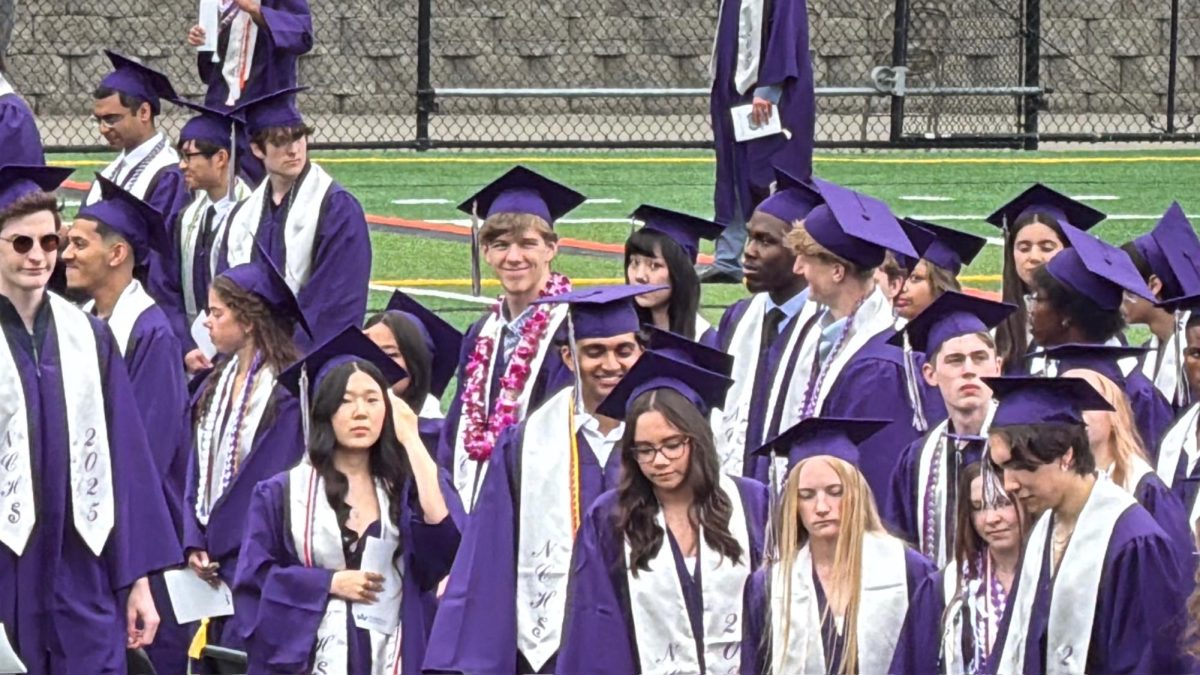One should not anticipate discovering anything of substantial value on TikTok. Upon launching the TikTok application, the initial videos displayed on the “For You” page typically feature frivolous and inappropriate dance performances by adolescent girls, a meme showcasing a dog with a diminutive human face, and an arbitrary video depicting a relatable experience of heartbreak in relationships.
In the United States, this short-form video platform is commonly used by the youth for activities such as singing, dancing, comedy, and lip-syncing, allowing users to create and share videos across a community. However, despite its widespread popularity in the U.S., it is not operated by an American company. TikTok, whose mainland Chinese and Hong Kong counterpart known as Douyin, is owned by Chinese internet company ByteDance.
In the ABC News article “Is TikTok different in China? Here’s what to know,” Max Zahn highlights the significant distinctions between the two applications, TikTok and Douyin. Social media in the U.S. operates within a permissive legal environment that safeguards free expression. However, this often leaves users, particularly young ones, vulnerable to addictive behavior.
Furthermore, children in the U.S. access the same version of TikTok as adults, while their counterparts in China are presented with a modified version of Douyin that emphasizes educational content. Douyin has imposed a 40-minute daily limit for users under the age of 14. In 2023, Chinese authorities introduced regulations that would limit children under age 18 to two hours of smartphone screen time each day.
The primary issue is the lack of censorship on TikTok. Users of all ages have unrestricted access to the same content, providing a dangerous environment where children are susceptible to addiction, and exposed to subjects that are inappropriate for their developmental stage. Children’s capacity to absorb information is remarkable, and due to their impressionable nature, it is crucial that they are protected from harmful content.











